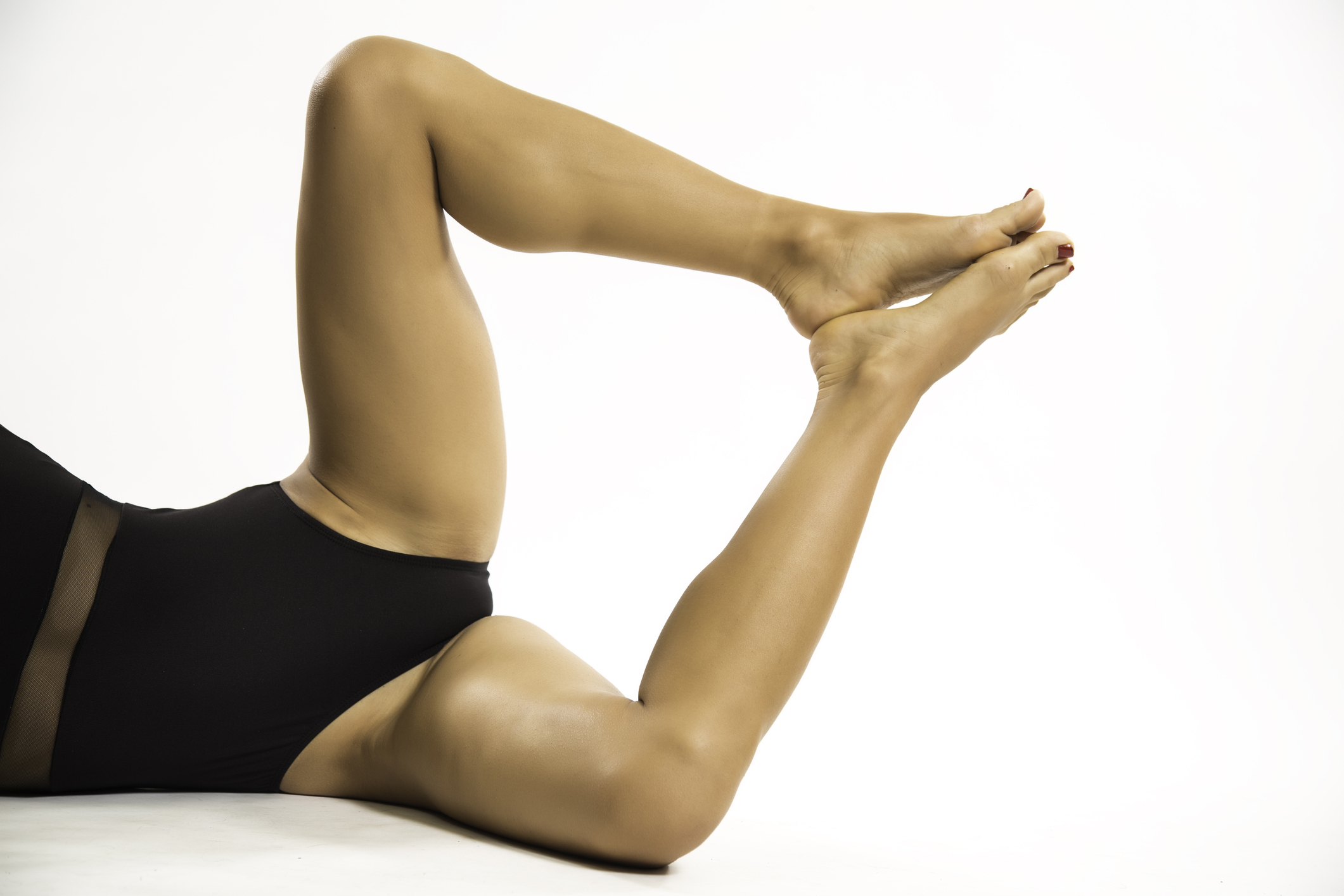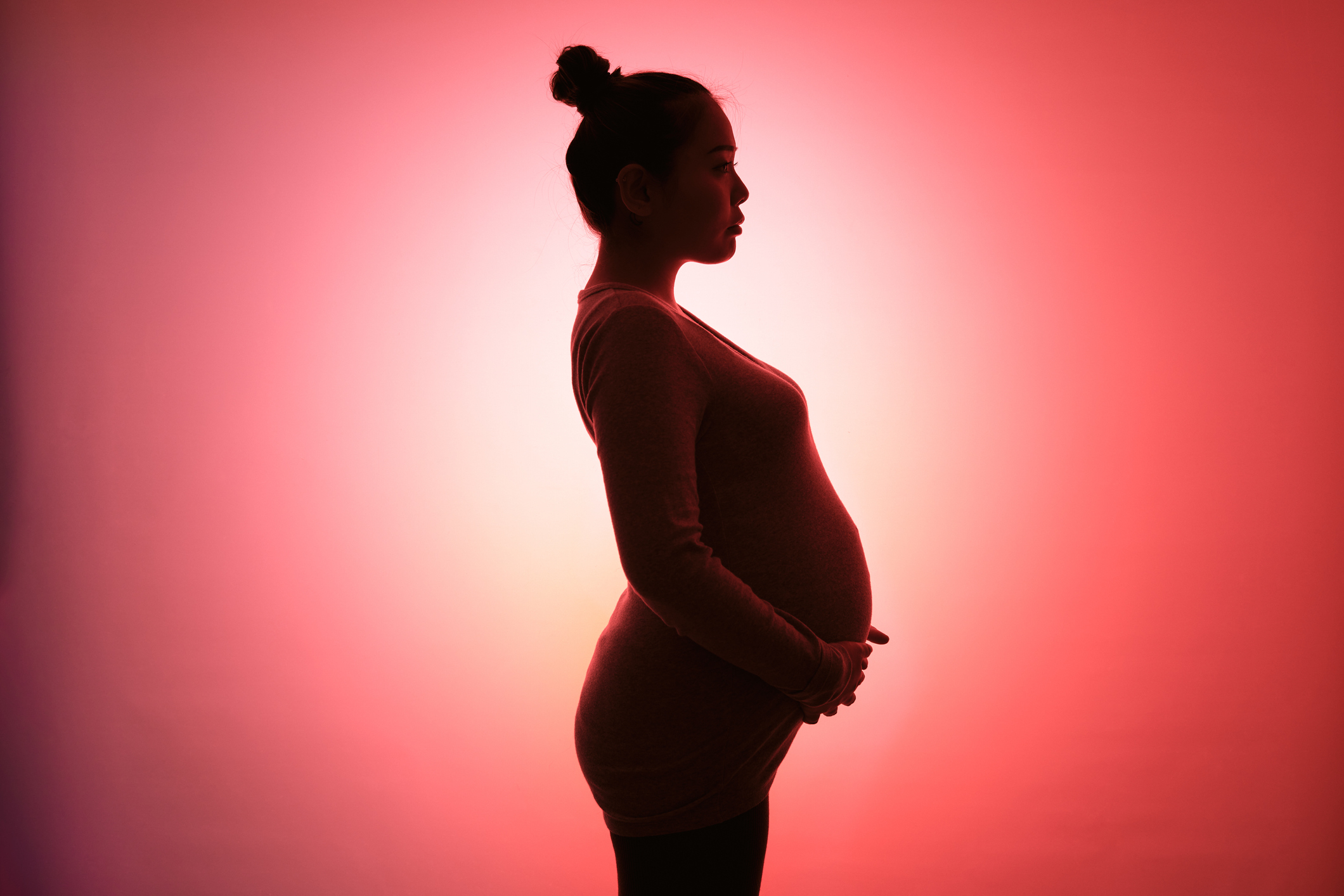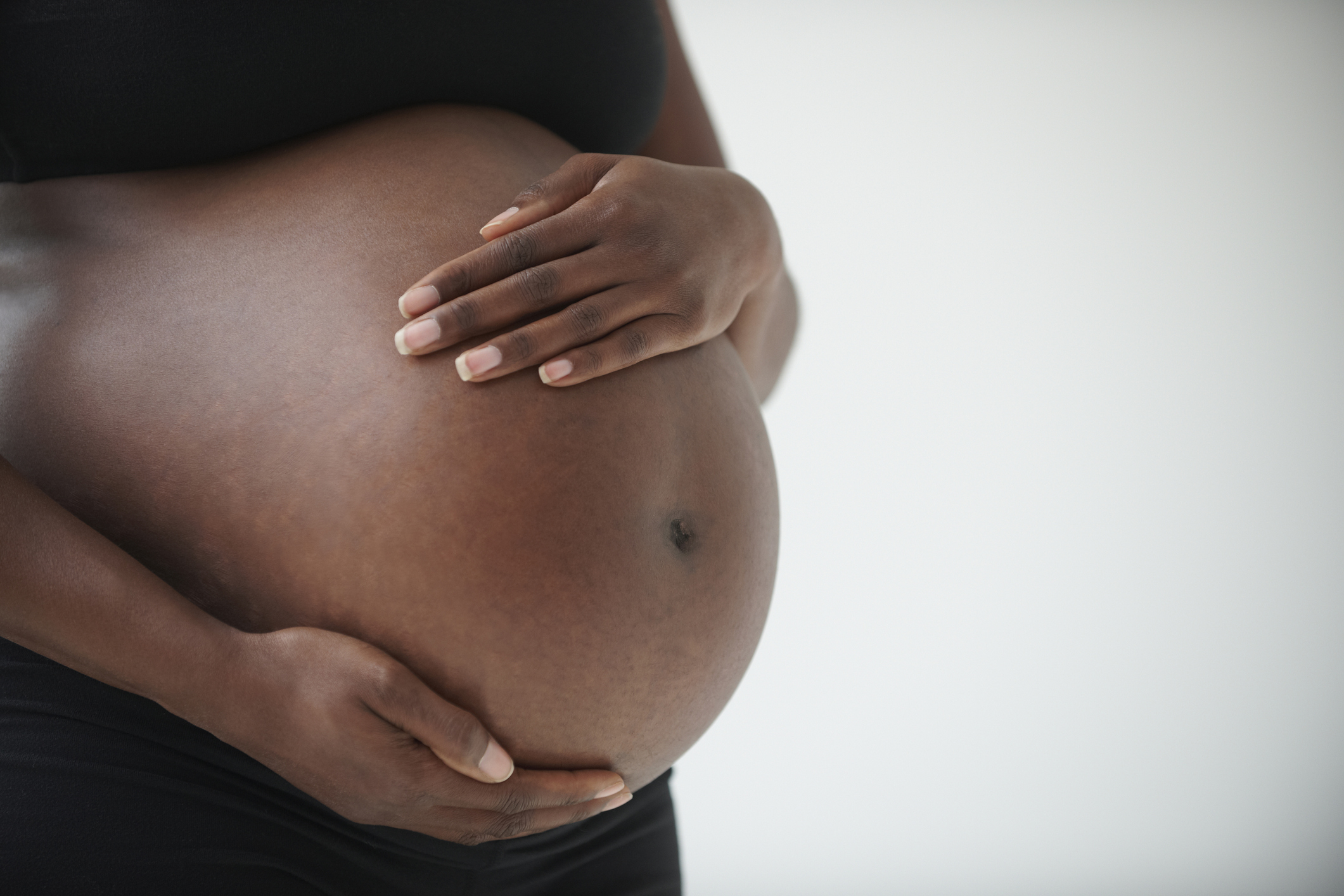Recently, I was scrolling on TikTok — as one does — when I came across this video of a couple making a joke and discussing something called "perineal massages." In the video, the woman's partner is seen jokingly using a sound byte from Hunger Games where he "volunteers as tribute" to help his partner perform said perineal massages. Now, I am a 32-year-old woman with what I'd like to consider a pretty average understanding of health and the human body. And yet, I still found myself googling "WTF is a perineal massage?"
And a quick search of the comments on the TikTok video showed me that I was certainly not alone in this.

If people weren't already aware, they were now, and the reactions were everything from surprise...

...to horror...

So, in order to give you — our lovely audience — the information you deserve around all things bodies and wellness, BuzzFeed spoke to two incredible experts to shed some light on all things perineal massages. We were able to speak with both Dr. Celestine Compton, pelvic floor physical therapist (DPT, WCS) of Origin Physical Therapy and Dr. Soyini Hawkins, MD, (MPH, FACOG) and trusted physician on PatientPartner.
First, what exactly is a perineal massage? Per Dr. Hawkins, put simply, a perineal massage is "a technique that involves gently stretching and massaging the perineum, which is the area between the vagina and anus in females." Dr. Compton added that the perineum is made up of "skin, fascia, and muscle, and it is crucial in supporting the many functions of the pelvic floor." This technique is most often used before and/or during labor in order to reduce the risk of perineal tearing with a vaginal delivery.

In terms of the actual technique of this type of massage, I had a lot of questions. The original TikTok showed the male partner excitedly running over to the couch to help his partner do these massages, but the act itself can differ depending on the person. Per Dr. Compton — our helpful pelvic floor physical therapist — there are some differences to techniques for a perineal massage, but all techniques share a common goal: applying stretch and massage to the perineum.
So, now that we have a basic understanding of how the actual technique is performed, I wanted to understand a bit more about WHY this technique is recommended to pregnant people. And, as mentioned earlier, the main objective is potentially minimizing the severity of tears during childbirth. Dr. Compton shared that as many as 85% of pregnant people will experience a tear at the perineum during vaginal delivery, and this tearing can range from first degree (which only impacts skin and tissue) to fourth degree, which extends from the vaginal opening to the anal opening and impacts the muscles and tissue found between those structures.

As for who could benefit most from perineal massages, Dr. Compton shared that because perineal massage has been found to be effective in protecting the perineum during vaginal delivery, "it is really most beneficial for pregnant people who are beyond 35 weeks pregnant." However, says Dr. Hawkins, it's worth noting that perineal massage can also have benefits beyond pregnancy and childbirth. She added that "some individuals may find perineal massage helpful in addressing certain pelvic floor issues; such as pelvic pain, muscle tension, or discomfort during intercourse."

And finally, Dr. Compton says not to be fooled by the word "massage." This practice, she notes, is nothing like a day at the spa — in fact, it is supposed to be uncomfortable (but not painful). "In massaging the perineum," says Dr. Compton, "you apply pressure to the area in order to create a deep and uncomfortable stretch. It may feel a little bit like a tingling, stinging, or burning sensation at the vaginal opening, and any discomfort should resolve immediately upon release of the stretch."
Dr. Compton and Dr. Hawkins both wanted to caution that doing perineal massage does not guarantee that you will not tear, and that some degree of tearing is a normal part of vaginal birth. Says Dr. Hawkins, "The human body is designed to stretch and accommodate the baby's passage. It’s essential to consult with healthcare professionals, midwives, or childbirth educators who can provide accurate and up-to-date information, address any concerns, and guide you through the birthing process based on your individual needs and circumstances."
Dr. Compton also shared that while the idea of tearing during childbirth is really scary, it's best to try not to think about it because "every pregnancy and delivery is different." And Dr. Hawkins echoed this, noting that it can be crucial to consider perineal massaging and that "as a gynecologist, I cannot emphasize the significance of prioritizing perineal care and seeking appropriate support to ensure optimal sexual well-being and overall quality of life for women."
